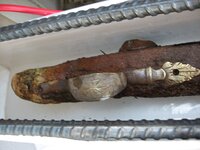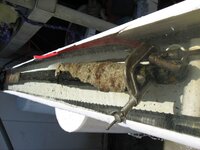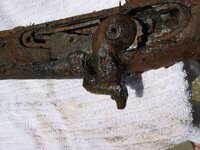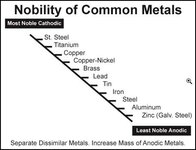Hawkins
Greenie
- Mar 9, 2014
- 18
- 12
- Detector(s) used
- Fisher 1280-X, Excalibur 1000,
Treasure Hunter Aqua Vision Pro
- Primary Interest:
- Shipwrecks

We have been going to Eleuthera since 1972, recently my two sons found something interesting, two old anchors, silver spoon, old gin bottles, ornate eo's.
They were to big to electrolysize, plus we had to leave in a couple days. Will they be alright out of water if encrusted?
I'm new to this site, but I'll try to post a pic.








